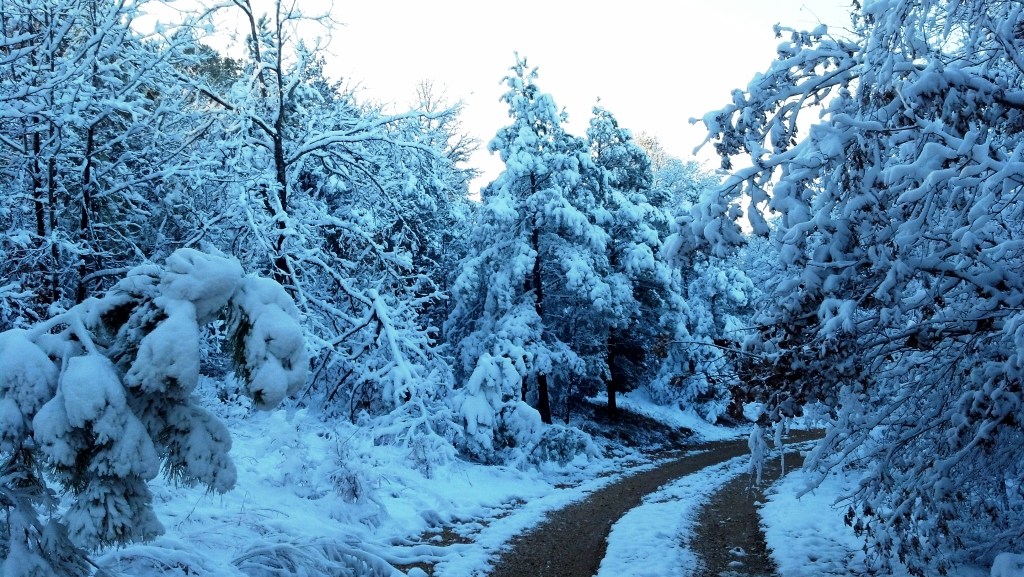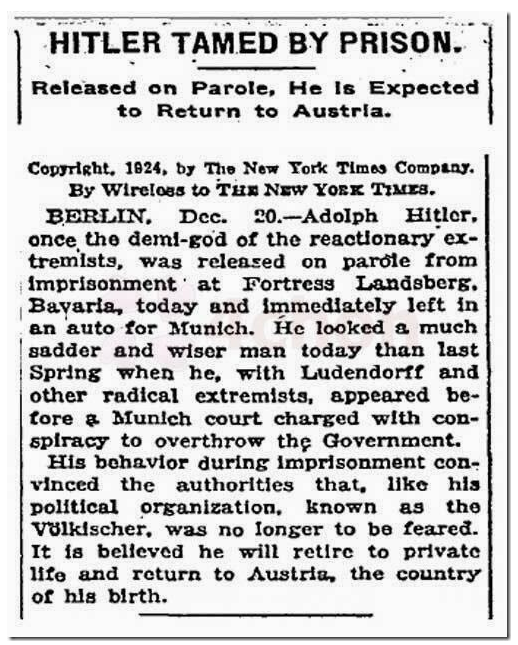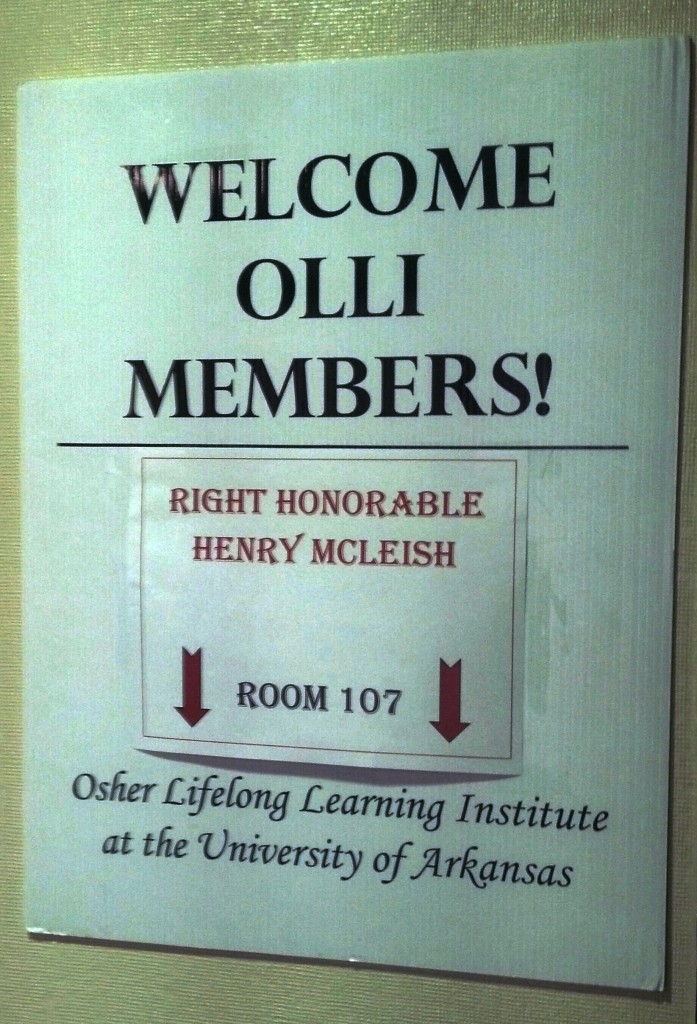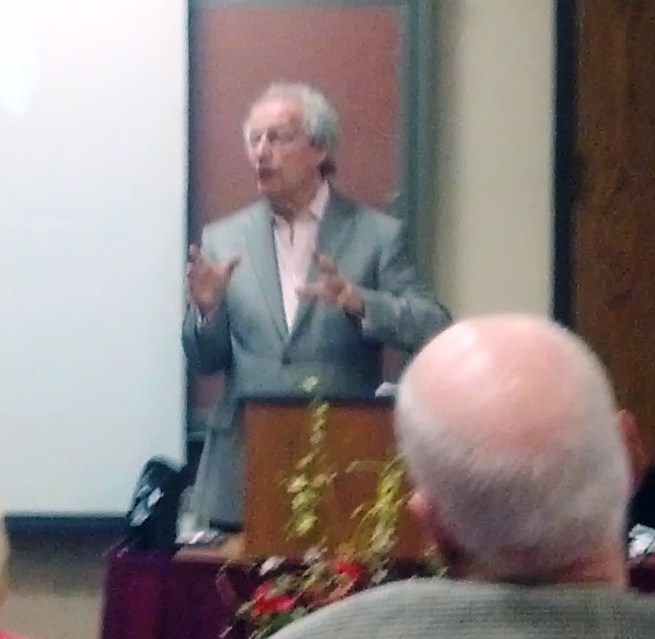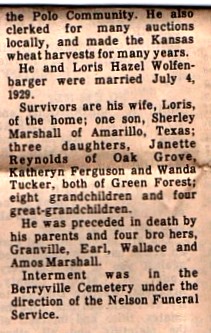The mean dirt roads of the little hollow we live in may not be ruled by a proper street gang, but the air is. For many years, the sky over the hollow was the domain of a pair of hawks, regal and proud, but a coup by the crows has changed all of that.
The rebellion was not immediate, but incremental. First, I saw a few brave crows challenging the hawks in flight, but as time passed, more and more of the crows joined in. Then a neighbor told me they witnessed the crows tormenting a downed hawk. Later, in the woods, I listened from a distance to the pitiful sounds of the remaining hawk as crows surrounded it and finished it off. The “meep, meep, meep” of the once powerful bird of prey became weaker and weaker. A group of crows is called a murder, and perhaps for good reason. Nature is not all happiness and party balloons.
My nephew Brandon and I once stood high up on the ridge overlooking the Kings River Valley with his remote control game call. Brandon was very hands on when it came to the natural world and, though less than half my age, he taught me much more than I taught him. He set up his electronic gizmo and we retreated a distance. He had the little machine make the sounds of an injured crow. I thought this process would be hit and miss, but, no, Brandon guaranteed that there would be a response. He had no doubt.
Within a couple of minutes, about 15 crows arrived looking for their injured comrade. A lookout was posted and the others called out and searched in vain. Then a big hawk swooped in and watched the proceedings from a distance in the top of a tall tree down the ridge. And then other smaller birds congregated, much like humans do when they have a chance to look at the aftermath of a automobile accident or a house fire. It was one of the most amazing things I’ve ever witnessed.
All this reminds me that I keep meaning to check and see if the Carnegie Library has a DVD copy of Alfred Hitchcock’s The Birds.

